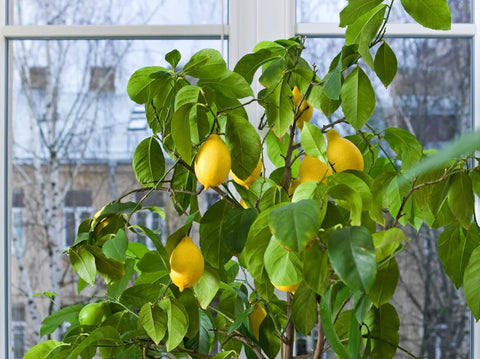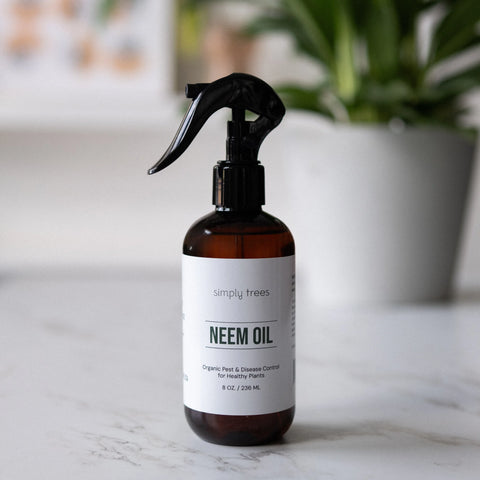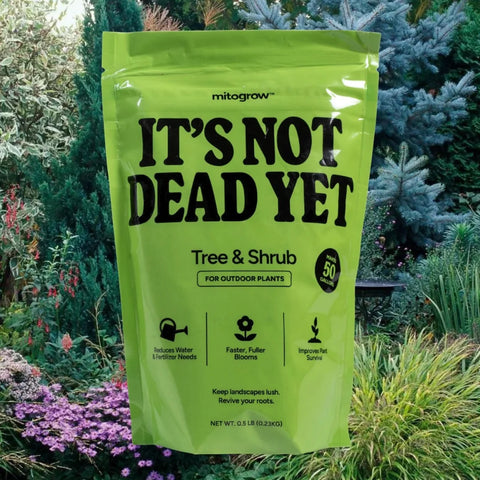If you’re dreaming of fresh, juicy peaches from your own backyard, Elberta and Loring peach trees are two of the best varieties to grow. Both are heat-tolerant, produce large, flavorful fruit, and thrive in Southern gardens with the right care.
In this guide, you’ll learn how to grow these classic peach trees—from planting and watering to pruning, pest control, and harvesting.
→ Shop Elberta & Loring Peach Trees at Simply Trees
Variety Snapshot
-
Classic freestone variety
-
Large, yellow fruit with a red blush
-
Excellent for eating fresh, baking, or canning
-
Chill hours: ~800–850
-
Zones 5–9
-
Large, sweet yellow freestone peach
-
Juicy, tender flesh with great flavor
-
Excellent for warmer Southern climates
-
Chill hours: ~750
-
Zones 6–9
Sunlight & Planting Location
Peach trees love the sun—at least 6–8 hours of direct sunlight daily is essential for strong growth and fruit production.
-
Choose a well-draining spot with good air circulation
-
Avoid planting in low-lying areas that trap cold air
-
If growing in a container, place in the sunniest location available
Watering & Soil Needs
Peach trees need consistent watering, especially in the first few years.
-
Water deeply once or twice a week, depending on rainfall
-
Keep the soil moist but not soggy
-
More frequent watering may be needed during fruit development and summer heat
Soil Tips:
-
Well-draining loam or sandy loam is ideal
-
Slightly acidic to neutral pH (6.0–7.0)
-
Avoid clay-heavy soils unless amended with compost or sand
Mulch with 2–3 inches of straw, bark, or wood chips to help retain moisture and suppress weeds (keep mulch a few inches away from the trunk).
Fertilizing
-
Do not fertilize right after planting—Simply Trees peach trees are pre-fertilized with a slow-release organic mix
-
Starting in year 2, feed with an organic balanced fruit tree fertilizer in early spring and again in mid-summer
-
Stop fertilizing in late summer to avoid pushing soft growth into fall
Pruning Peach Trees
Pruning is crucial to peach tree success—it encourages fruiting and helps maintain airflow.
-
When to prune: Late winter or very early spring while dormant
-
How to prune:
-
Shape into an open center or vase form to allow light into the canopy
-
Remove any dead, damaged, or crowded branches
-
Thin interior growth to reduce disease pressure and support larger fruit
-
Remove vertical shoots and suckers regularly
-
Pro tip: After fruit sets, thin peaches so they’re spaced about 6 inches apart to improve fruit size and reduce branch breakage.
Chill Hours & Fruiting
Peach trees need a certain number of cold hours each winter to flower and fruit the following season. These are known as chill hours (hours between 32°F and 45°F):
-
Elberta: 800–850 chill hours
-
Loring: ~750 chill hours
Make sure your local climate meets these needs—most of the southern and central U.S. is ideal for both.
Container Growing Tips
Yes, you can grow peach trees in containers, especially in warmer zones or patios with limited space.
-
Shipped in a 10–12 inch nursery pot
-
Repot into a container 2–4 inches wider, eventually sizing up to a 15–25 gallon pot
-
Use a lightweight, well-draining mix blended with compost
-
Keep the container in full sun and rotate regularly
Container trees will need more frequent watering and root pruning every few years to stay healthy and productive.
Pests & Disease
Peach trees are susceptible to a few common issues—here’s how to stay ahead:
-
Peach tree borers – Watch for gumming at the base; use beneficial nematodes or wrap trunk for protection
-
Leaf curl – Remove affected leaves and apply dormant oil sprays in winter
-
Brown rot (fruit rot) – Prevent with good airflow, proper thinning, and organic fungicides
-
Aphids or scale – Treat with neem oil or insecticidal soap
Keep the area around the tree clean of fallen fruit and leaves to reduce disease pressure.
Harvesting Peaches
-
Most Elberta and Loring peaches are ready to harvest in mid-to-late summer
-
Fruit is ripe when:
-
It’s fragrant
-
Flesh yields slightly to pressure
-
Skin has full color with no green tint near the stem
-
-
Gently twist to remove—don’t tug or yank
Peaches do not store well, so enjoy them fresh or freeze/preserve the same day for best flavor.
Final Thoughts
Whether you’re planting a backyard orchard or adding a single tree to your patio, Elberta and Loring peach trees are excellent choices for gardeners who love juicy, homegrown fruit. With a little seasonal pruning, regular watering, and plenty of sun, you’ll be harvesting peaches in no time.





